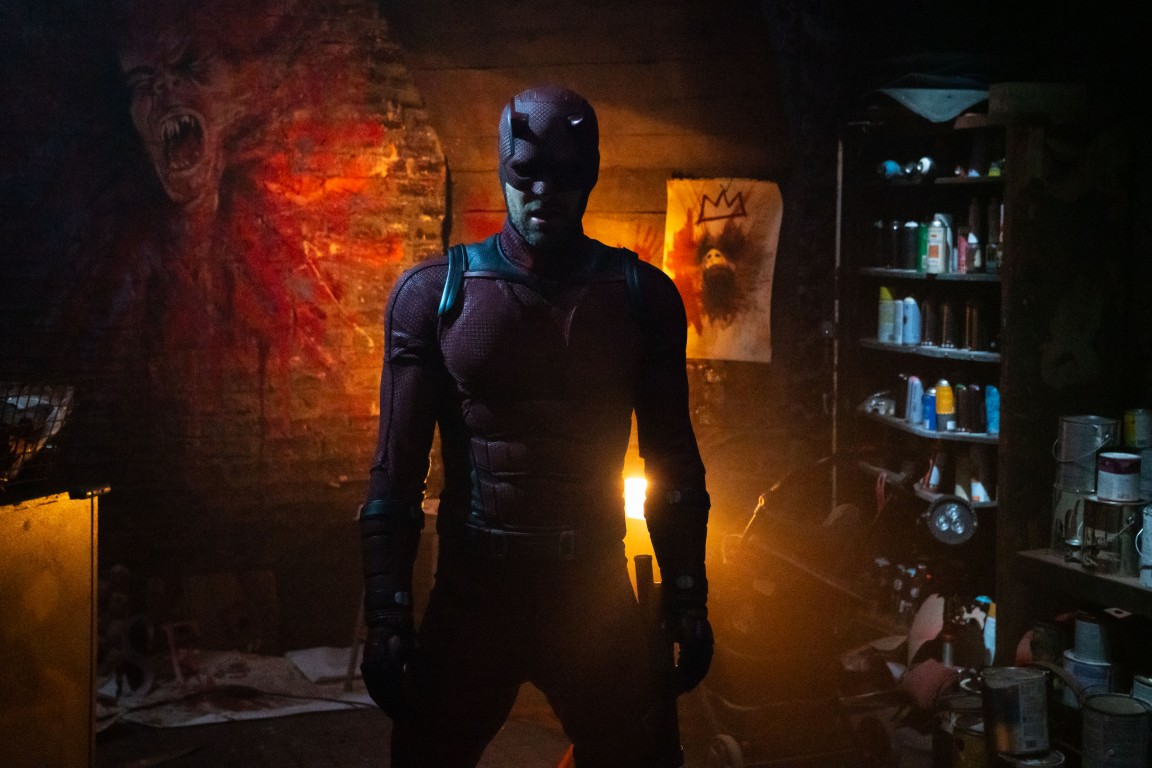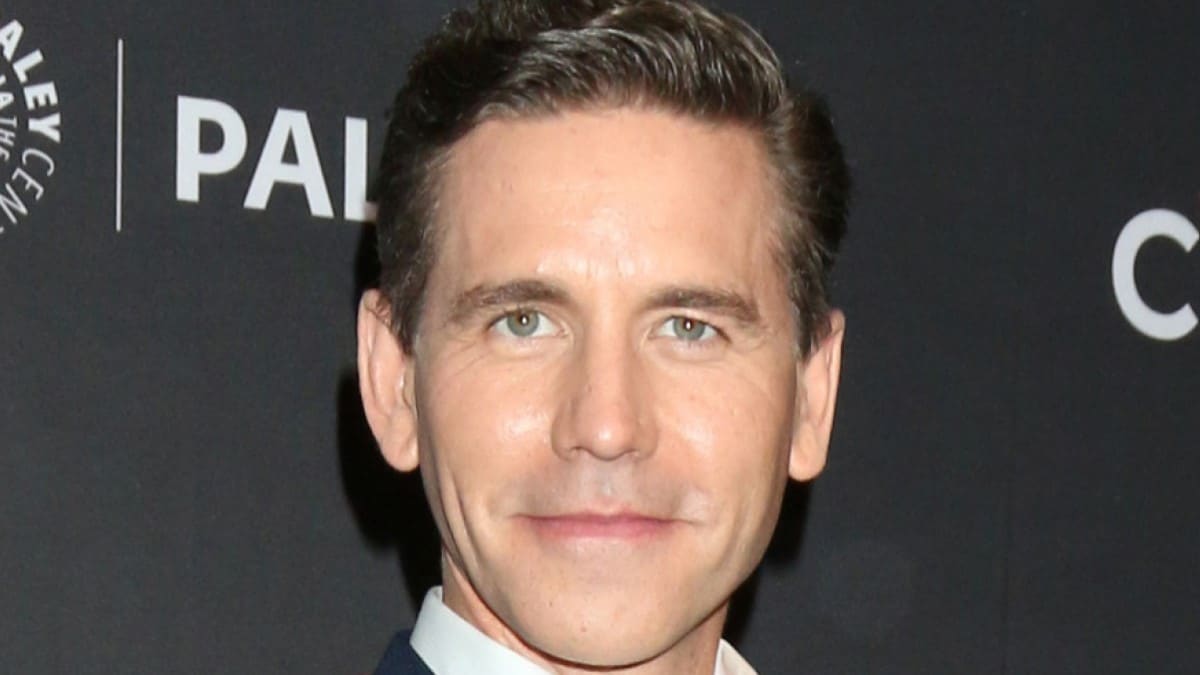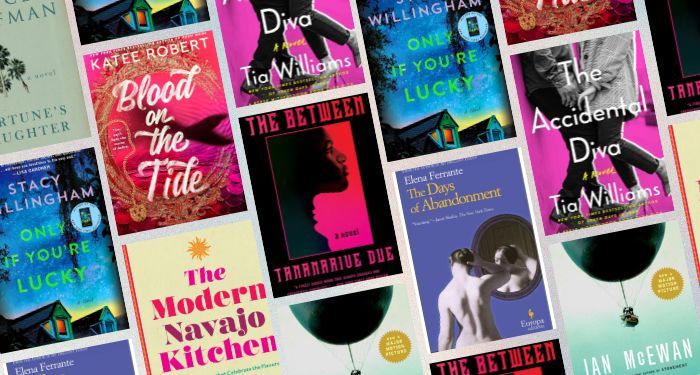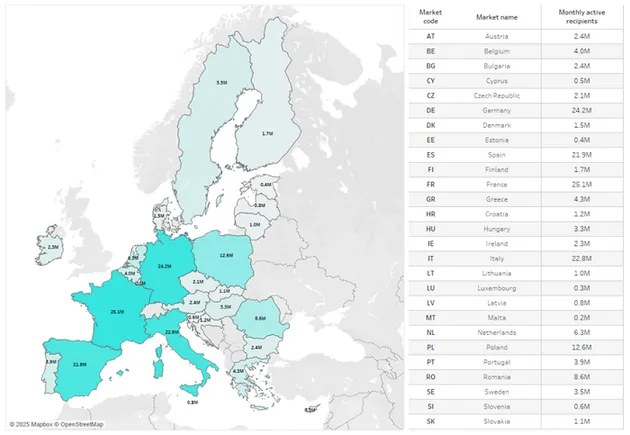On Sunday, Reuters reports, hundreds of thousands of people sat in the hot sun for hours during an award presentation in an empty field near Mumbai. As the event went on, the high temperature reached 38 degrees Celsius (100.4°F), with high humidity, which Reuters says is normal for this time of year, although sitting out in the afternoon sun for hours isn’t. At least 11 people died of heatstroke, and about 50 were taken to hospitals; the Times of India reports that another unconfirmed tally set the death toll at 13, and adds that
Eight of the dead are women, mostly elderly. The casualties may rise as some of those hospitalised are believed to be critical with cardiac problems and fluctuations in blood sugar levels.
The disaster has led to accusations of careless planning for the annual awards ceremony, which this year honored a prominent social worker and health activist. India’s Home Affairs Minister Amit Shah joined many officials from Maharashtra state at the dais — which was among the few parts of the grounds that was covered with shade. He tweeted this photo of the crowd as seen from the stage:
The New York Times reports that the deaths
immediately led to political finger-pointing. The Maharashtra chief minister, Eknath Shinde, called them “unfortunate” and promised compensation of 500,000 rupees, or around $6,100, to the families of the dead. Opposition politicians called for an inquiry.
What’s more, the Times points out, there hadn’t been an official heat warning issued prior to the event, because “there wasn’t, strictly speaking, a heat wave,” because the Indian Meteorological Department’s criterion is that the temperature be 4.5 degrees Celsius above normal. it was merely hot enough to be deadly to people who’d been in the sun for hours, particularly since the humidity was around 60 to 70 percent during the event.
The Times also points out that many local and state-level governments in India aren’t very well prepared for extreme heat:
A report from an independent Indian think tank called the Centre for Policy Research telegraphed those risks just a few weeks ago. It credited government agencies for creating a heat wave early warning system and for working in creative ways to get messages out, including radio jingles, billboards, WhatsApp messages and YouTube shorts.
But the report found that only a handful of Indian cities and states have heat action plans in place, designed to protect lives and livelihoods. Many of them had ambitious targets, like setting up cooling centers and improving access to water. But most lacked funding. Nor did many have ways to identify the most vulnerable citizens. Most “have an oversimplified view of the hazard,” it went on.
But if that information doesn’t get to people, it can’t do much good. Maharashtra state, where the awards event took place, only adopted its heat wave plan in late March, and it’s not even clear whether it would have been triggered by weather conditions Sunday, the Times explains.
The terrifying thing is that climate change is only going to make extreme heat events worse. Last year saw some of India’s hottest temperatures on record.
This week, many parts of India were under heat wave alerts. Schools and colleges were closed in most parts of West Bengal state. Delhi sweltered above 40 degrees Celsius, or 104 degrees Fahrenheit, for the second day in a row.
India isn’t alone in facing heat hazards. Thailand set an ominous national record when temperatures peaked past 45 degrees Celsius, or 114 degrees Fahrenheit, this week. Several weather stations in China broke temperature records this month.
Now, the reason this news landed with a nauseating thud in my heart is that I recently finished reading Kim Stanley Robinson’s 2020 novel The Ministry for the Future, which is set in the very near future, and imagines a UN agency tasked with somehow solving the climate crisis. It’s a hell of a compelling read, with some very definite ideas about how humans might find a way to address the planetary catastrophe we’ve been building for two centuries.
Ministry for the Future’s first chapter is a devastating read, in which Robinson imagines a very plausible scenario: in the later years of this decade, a perfect storm of atmospheric conditions leads to a long heatwave in Uttar Pradesh, with heat and humidity at levels that human beings simply can’t survive. The overstressed electrical grid goes down, all over the area. In a fictional city, an American NGO worker, Frank May, does what little he can for several local families, inviting them into the clinic where he works, where there’s a single window air conditioner connected by extension cords to a portable generator on the roof.
Then young men with guns show up and demand both the generator and the air conditioner. Nobody is coming to help, because everyone is in the same terrible straits, including Frank’s colleagues at the regional headquarters of the NGO in Delhi. People in the clinic start dying, the weak and old first, then the children, and the people stuck inside take the bodies to the roof. by late afternoon they all decide to try going to the local lake, but there’s no shade or relief, and the water is hotter than body temperature. Everyone gets in the water anyway, because it’s at least wet, but they die there too.
People were dying faster than ever. There was no coolness to be had. All the children were dead, all the old people were dead. People murmured what should have been screams of grief; those who could still move shoved bodies out of the lake, or out toward the middle where they floated like logs, or sank.
Frank shut his eyes and tried not to listen to the voices around him. He was fully immersed in the shallows, and could rest his head back against the concrete edge of the walkway and the mud just under it. Sink himself until he was stuck in mud and only half his head exposed to the burning air.
When I read the first chapter of The Ministry for the Future, I wanted to send a copy to every Republican in Congress, and in my state legislature. I wanted to make it required reading in high schools, even if it got banned in Florida.
It sticks with you, and the news of the deadly heat in India this weekend feels like the orchestra tuning up for a far worse calamity. It’s a hell of a book, although I also have to agree with climate and energy journalist Dave Roberts that at times it does read more like a collection of white papers with characters added in than a novel. But hell, the white papers are good reading too, and the book is full of Big Ideas about how we might just survive this.
Should we do a book club on this thing?
[New York Times / Reuters / Times of India / The Ministry for the Future (a small portion of sales goes to Yr. Wonkette)]
Yr Wonkette is funded entirely by reader donations. If you can, please help us keep this mommyblog going with a monthly $5 or $10 donation.








































































